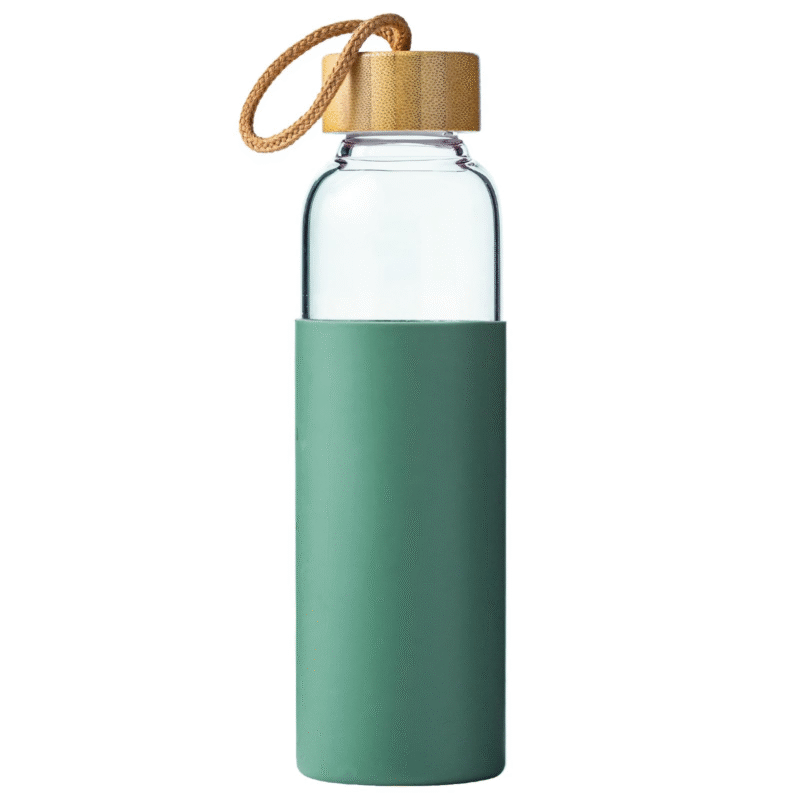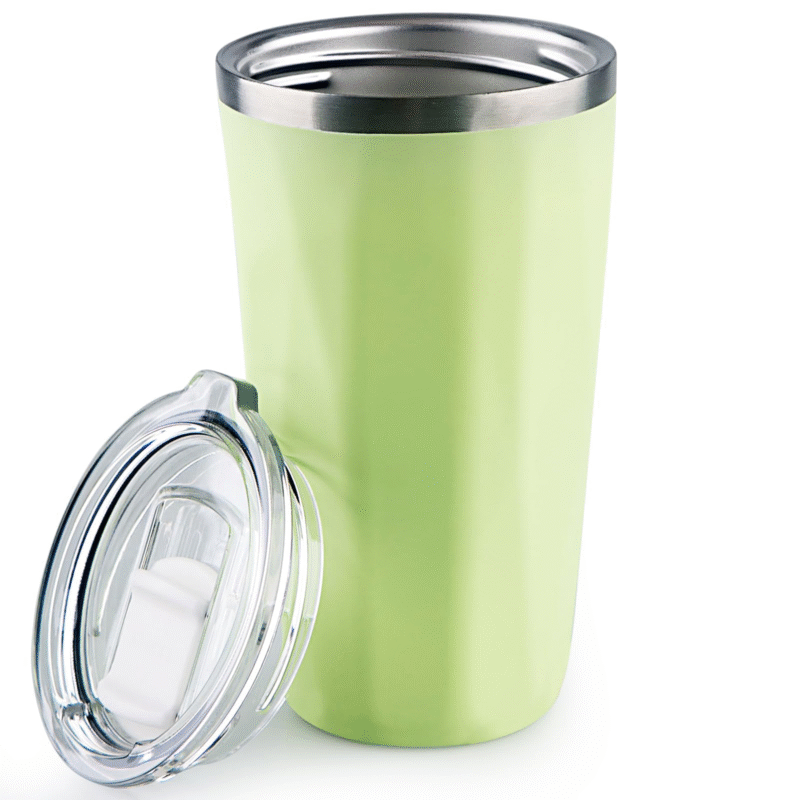Characteristics of stainless steel thermos and glass thermos

Thermos have long been a necessity in everyday life, with stainless steel and glass still dominating the market. While they may appear to function similarly, they actually focus on different performance and application scenarios. Understanding their characteristics is crucial for choosing the right product.

The core advantage of glass thermos is their purity and safety. Their inner liner is made from inorganic silicates sintered at high temperatures, resulting in a chemically stable reaction with virtually any beverage—whether it’s acidic juice, strong tea, or traditional Chinese medicine, preserving its flavor and ingredients without releasing harmful substances like plastic. The smooth, non-porous surface of glass makes it difficult for bacteria and tea stains to adhere. Rinse with clean water after each use for a clean, remarkably clean appearance, making it particularly user-friendly for those with discerning hygiene needs. Furthermore, the transparent glass liner allows for a direct view of the beverage’s condition, allowing for a truly stunning view of the tea’s color when brewing scented tea, making it both practical and aesthetically pleasing.
However, glass also has significant shortcomings. It is a brittle material with poor impact resistance, and it is prone to cracking when exposed to sudden changes in temperature. For example, pouring boiling water into a cold cup, or accidentally hitting the cup against a hard object, can cause damage. To enhance safety, most glass thermoses use a double-layer design with thickened walls, which makes the cup heavier and significantly reduces its portability. Therefore, glass thermoses are more suitable for use in fixed locations such as home and office, and are not suitable for carrying around or traveling outdoors.
Stainless steel thermoses are known for their durability and versatility. Mainstream products utilize a 304 or 316 food-grade stainless steel liner, which undergoes a passivation treatment to form a dense oxide film, providing excellent corrosion resistance and mechanical strength. They are resistant to deformation and breakage even if dropped from a table or crushed, making them ideal for frequent use on the go, such as during exercise, commuting, and travel. Their double-layer vacuum structure ensures up to 12 hours of heat preservation, allowing them to maintain ideal temperatures for hot water in winter and iced drinks in summer, making them far more practical than glass.

However, stainless steel thermoses have certain limitations in their use. While their metal liner is corrosion-resistant, prolonged contact with acidic beverages (such as cola and lemon juice) or high-salt liquids can slowly erode the passivation film, leading to trace metal ion precipitation, affecting the taste and shortening their lifespan. Therefore, they are better suited for neutral beverages such as plain or warm water. Avoid using steel wool or strong alkaline detergents when cleaning to prevent damage to the protective layer. Each material is suitable for different demographics: glass thermoses are preferred for those who prioritize beverage purity, cleanliness, and convenience, and primarily use them at home. Stainless steel thermoses are a better choice for those who frequently travel, value durability and heat preservation, and primarily store water.
It’s important to note that no matter which material you choose, always look for reputable brands—glass thermoses should be labeled lead-free, while stainless steel products should be certified for 304/316 food contact. Regular cleaning is also crucial: glass thermoses can be regularly soaked in white vinegar to remove scale, while stainless steel thermoses can be wiped with baking soda to maintain hygiene and extend their lifespan. Choosing the right material based on your usage habits will ensure your thermos truly becomes a healthy drinking companion.



